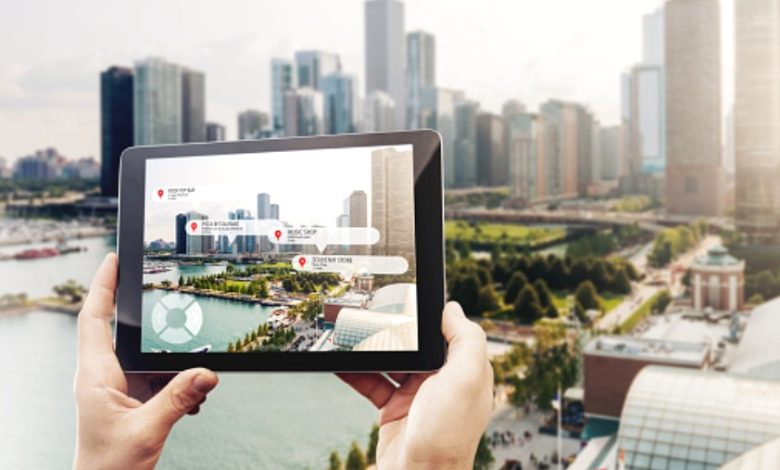What is travel and tourism PR?

PR strategies are an integral part of any economic system with a competitive environment. PR is also a necessary element of a democratic system, as it is used as an election tool. For this reason, PR becomes an inevitable method of our understanding of the situation in other areas as well. The system of thinking inherent in PR began to spread widely, which is also the key to survival in the new conditions.
Public Relations in the Tourism Industry
Today we can safely say that tourism is not only an actively developing industry but also a good source of income in many countries. And here the main task is the good work of the PR service of these companies. And it is not surprising that travel and tourism PR is in demand today more than ever – people realized that it was needed, and they had money and an incentive to invest in a part of PR in order to get even more later. PR is necessary as a way to attract attention, create an image, and maintain it.
Purposes of using PR activities in the tourism sector.
PR in the tourism industry is aimed at studying the emerging public opinion and forming a benevolent attitude towards the tourist enterprise and its activities on the part of target audiences and the general public.
In this case, PR pursues such goals as
- Establishing two-way communication between organizations offering a tourism product and target audiences, as well as the media to identify common ideas and common interests;
- Achieving mutual understanding based on truth, knowledge and full awareness;
- Establishment of mutual understanding and trust between the tourist enterprise and the public;
- Ensuring the reputation of the company;
- Creation and maintenance of the company’s image;
- Popularization of the tourist product in general and tourism in particular;
- Refutation of distorted and unfavorable information;
- Ensuring support from various target audiences.
Recently, many large and small travel companies offering their services have appeared on the market. It should be noted that most of these travel companies offer the same type of product and a standard set of destinations. Therefore, it is very difficult for a client to understand the abundance of companies, and, as studies show, only a small number of tourists from year to year prefer the same company. The majority of people choose the company that is closest to their home, work, or simply passing by.
Also, due to the saturation of the market of the host countries, prices for tourist vouchers began, on average, to grow. In addition, the domestic market of tourist services is also reviving, which forces companies to intensify advertising and information efforts in the fight for customers.
The main directions of PR activities in tourism
It is possible to single out the main directions of PR activities in the field of tourism:
- Work with the media.
These are articles in newspapers and magazines and work with radio and television. When using this lever to control the masses, of course, it is important to attract an authoritative person to provide information. For example, the hosts of popular travel programs are most trusted by people as “independent experts who have seen everything with their own eyes.” PR texts (press release, backgrounder, press kit, and others) are the most trouble-free weapon in the arsenal of a public relations specialist, it is the “language of communication” with external and internal audiences.
They have their own characteristics:
- The text should influence the addressee and encourage him to take some action;
- The text must have the objectivity that the recipient wants to see in the information;
- The recipient of the text should perceive the idea of the message not as direct pressure on him, but as his position, the fruit of his own deep reflections;
- The text should not contain references from the first person, they should be replaced with “the company is the initiator”, “according to the head of the company”;
- PR texts are not advertisements;
- The text should be as accessible as possible for the addressee, regardless of his intellectual abilities;
- The proposal must not contain more than one idea; every thought should be clear and complete.
Any text is based on fact and news. No fact – no PR document.
The task of a PR specialist is to find news worthy of the attention of the audience. However, “events” do not happen every day. Accordingly, one must be able to “sell” one piece of news several times. “Fresh” news is reported in a press release. But when the facts from the press release become history, I make other PR texts out of them: company history, background, a selection of facts, and the like.




